The Great Escape
Caspian Sea to Tashkent - Uzbekistan

In the end we spent 4 days sitting on our ferry, the vast majority of it queuing for a slot at Turkmenbashi’s only rail pier. Time on the ferry is metered by the number of cigarettes smoked and vodka drunk as the crew while away the boredom. We avoided both until the final evening, when we were pulled into a “family group” for toasts and fermented milk to offset the 75% proof cha cha. Again –“Why no children?! What else is there for you to live for?!”
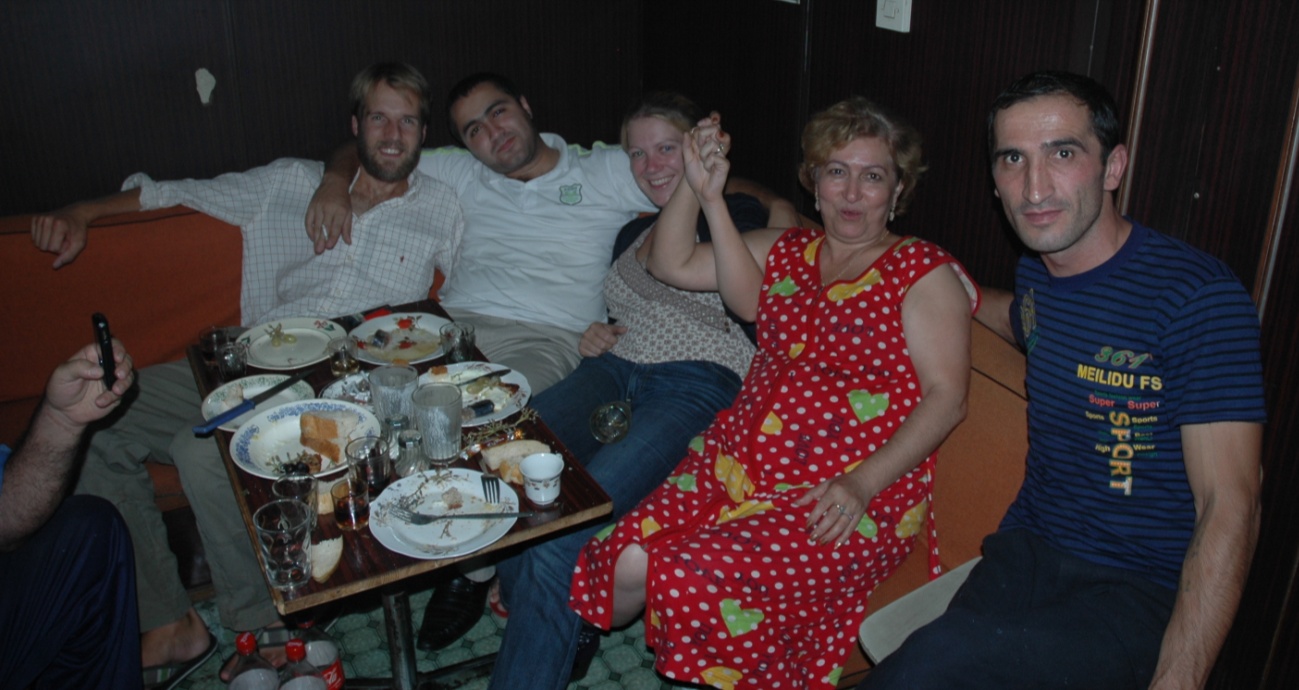
We finally entered the port after an hour’s sleep and disembarked after a customs inspection of the cargo at 2am. After some initial confusion in customs we were met by our guide, Maksat, who took us through by far the most complex and expensive customs process we have experienced. By some miracle of organization, and by dint of being the only vehicle, we managed to get through in 2 hours with a wad of paperwork signed, stamped, countersigned and counter stamped by a gaggle of officials. Each piece of paper logged in several ledgers by several people, some of whom occasionally forgot their responsibilities until we were straying out of the door. This, along with the obligatory employment of a guide, makes Turkmenistan our second most expensive destination, and because of this one of the least visited by foreign tourists. Maksat’s previous clients to enter by this route were a group of 17 motorcyclists that arrived at midnight and finally exited customs at 6am.
The most unusual document is a record of our journey through the country with various charges applied depending on mileage and car type, this is to offset the fuel costs that are heavily subsidized for locals. In fact, not only is fuel subsidized but gas, water and electricity are all free in the country, for those living in approved areas. This often has the bizarre consequence of cookers that are kept burning to save on the cost of matches. Where Turkmenistan can possibly afford to be generous with its plentiful resources of gas and oil we were a little more perplexed by its free use of water in such an arid region.
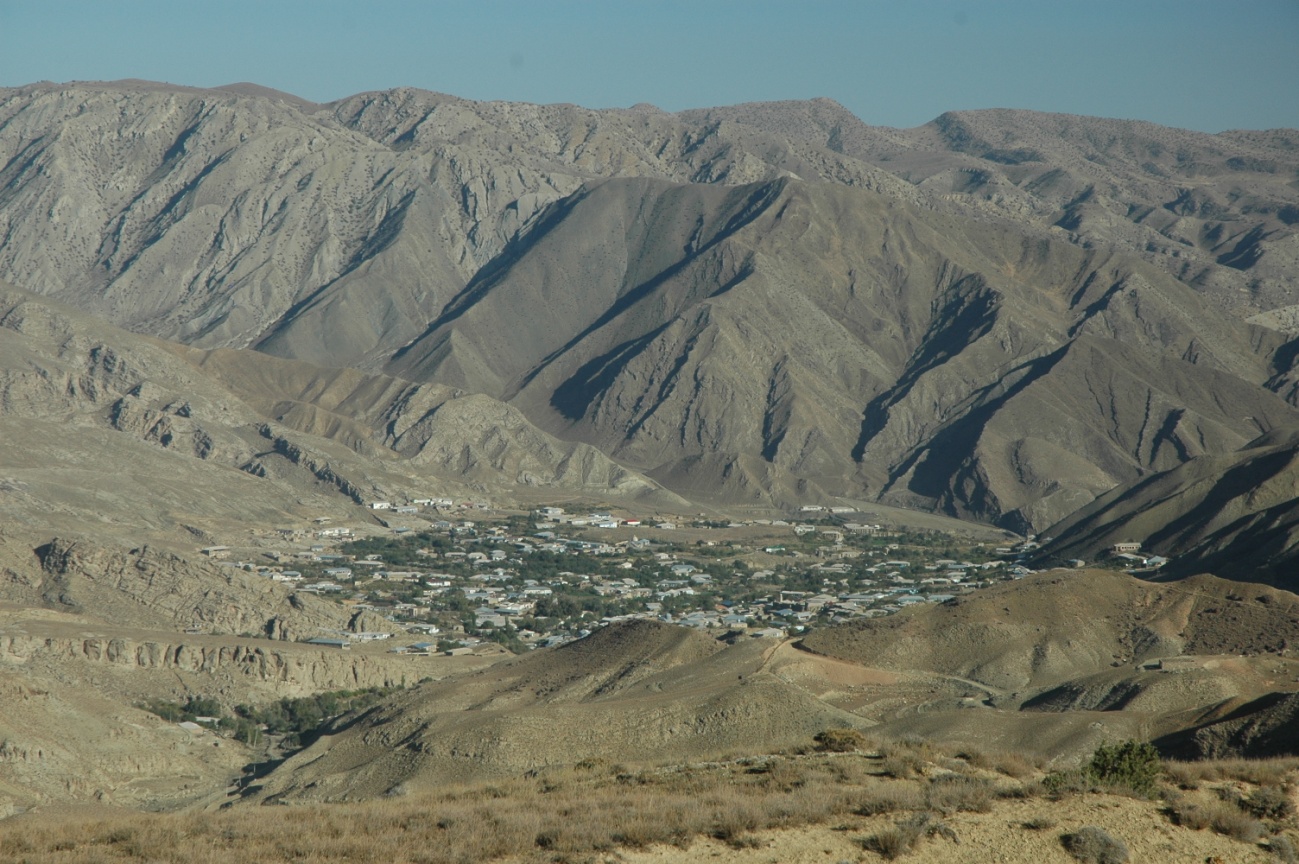
Following that welcome Turkmenistan turned into one off the highlights of the trip, possibly assisted by a guide that could remove some of the usual stress of decisions to be made as well as cultural and language barriers to be surmounted. Following Turkmenbashi we spent our first full night at a homestay in Nokhur, a mountain village on the way to Ashkabat. Maksat forgot to phone ahead, or rather he said that he preferred to arrive unannounced in case the family might go to too much effort. In spite of this we were still fed like kings and were left to sleep like babies. Both feeding and sleeping take place on the ground as the traditional house has minimal furniture, life taking place barefooted on beautiful carpets that are spread wall to wall across each room of the home. Although a fairly simple farming community, the town still has access to gas, water and electricity and each home has an array of satellite dishes. Ours had three, gaining access to Russian, Iranian and Turkmenistan television, although all that was ever watched was an array of music channels.
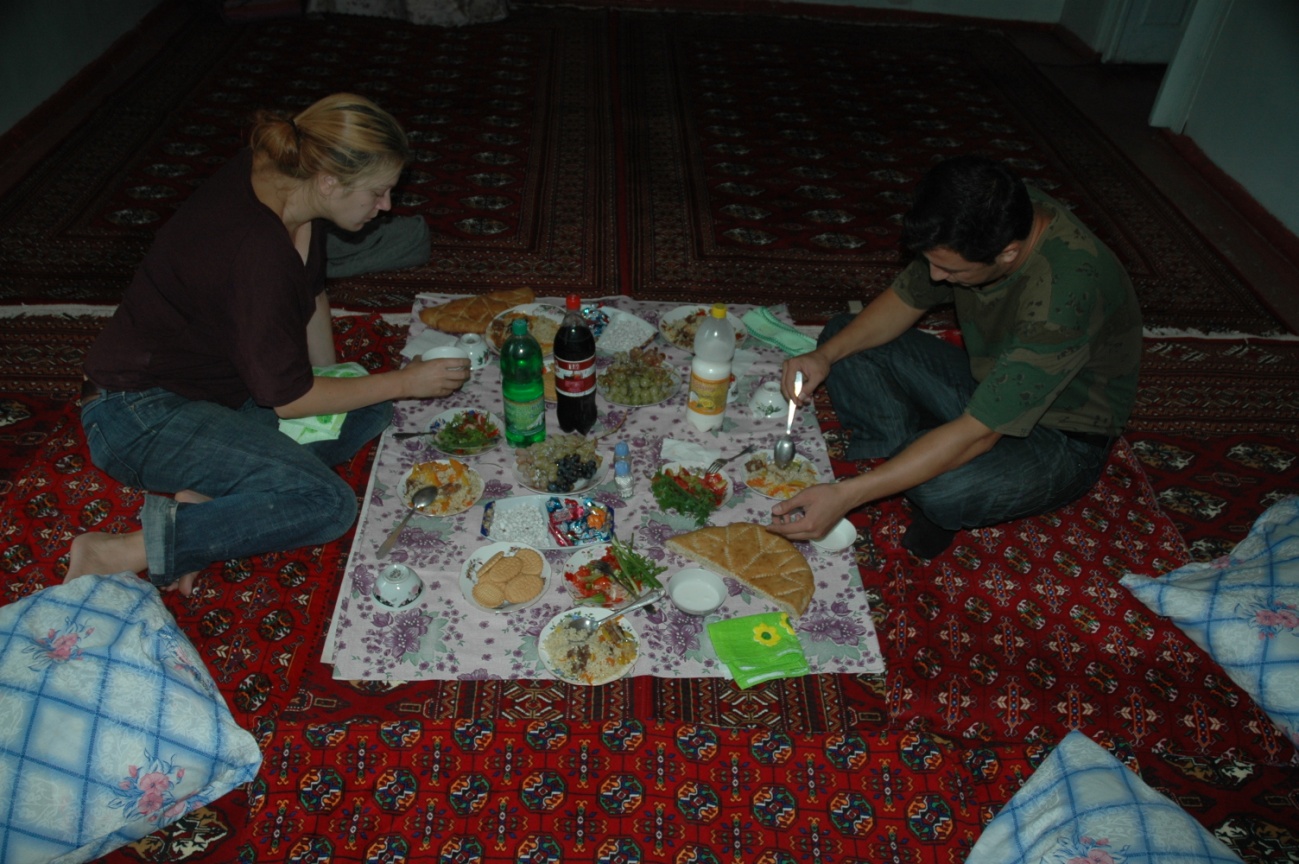
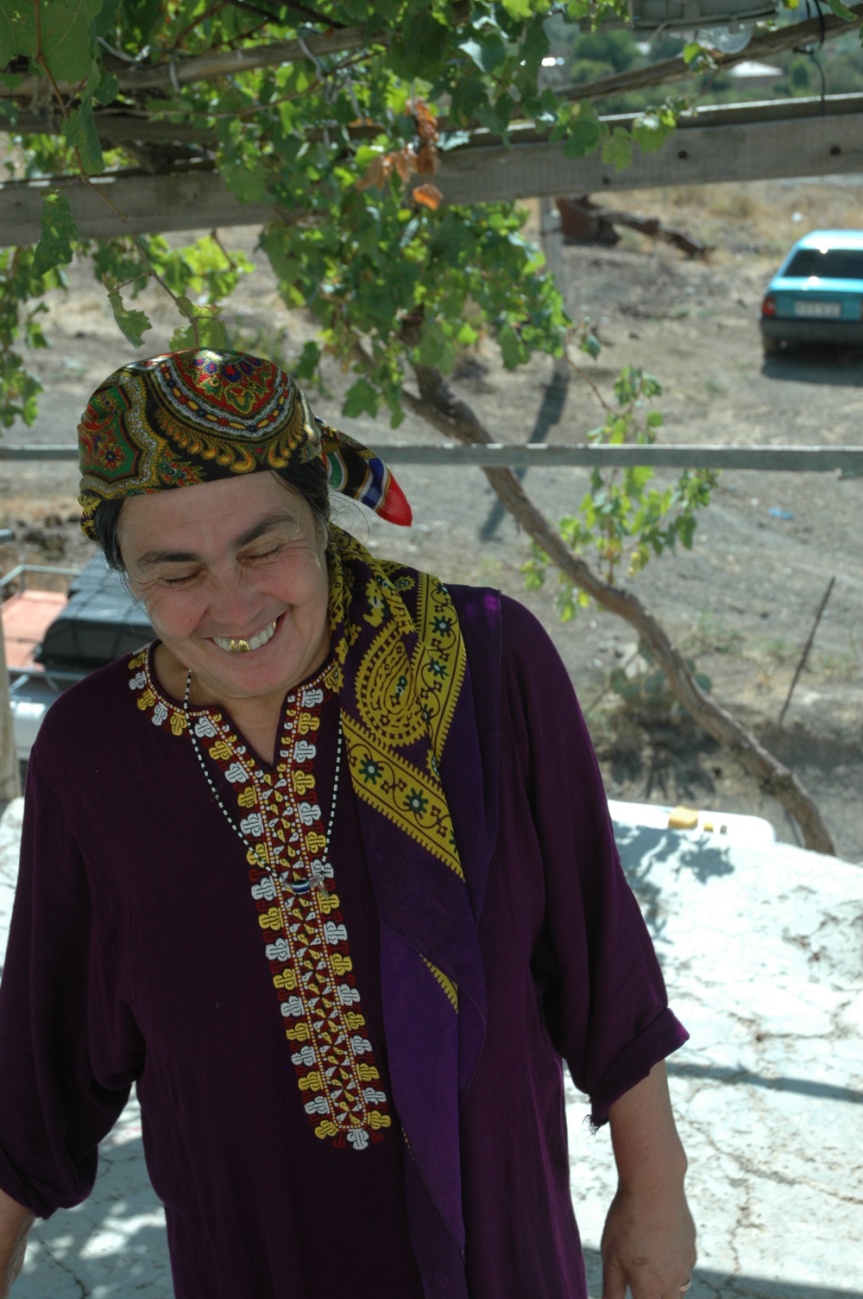
After maximizing our time in Nokhur we spent three nights in Ashkabat, capital of Turkmenistan. Ashkabat was completely destroyed by earthquake in 1948 and its modern reincarnation is a mix of soviet architecture and modern, gas-fueled extravagance, topped like a wedding cake with an immense gold statue of President Niyazov (now deceased) that rotates on top of his giant plinth to face the sun. Even at night this most prominent of landmarks is illuminated by a glow that is constantly changing colour, more gaudy even than a Hong Kong skyline.
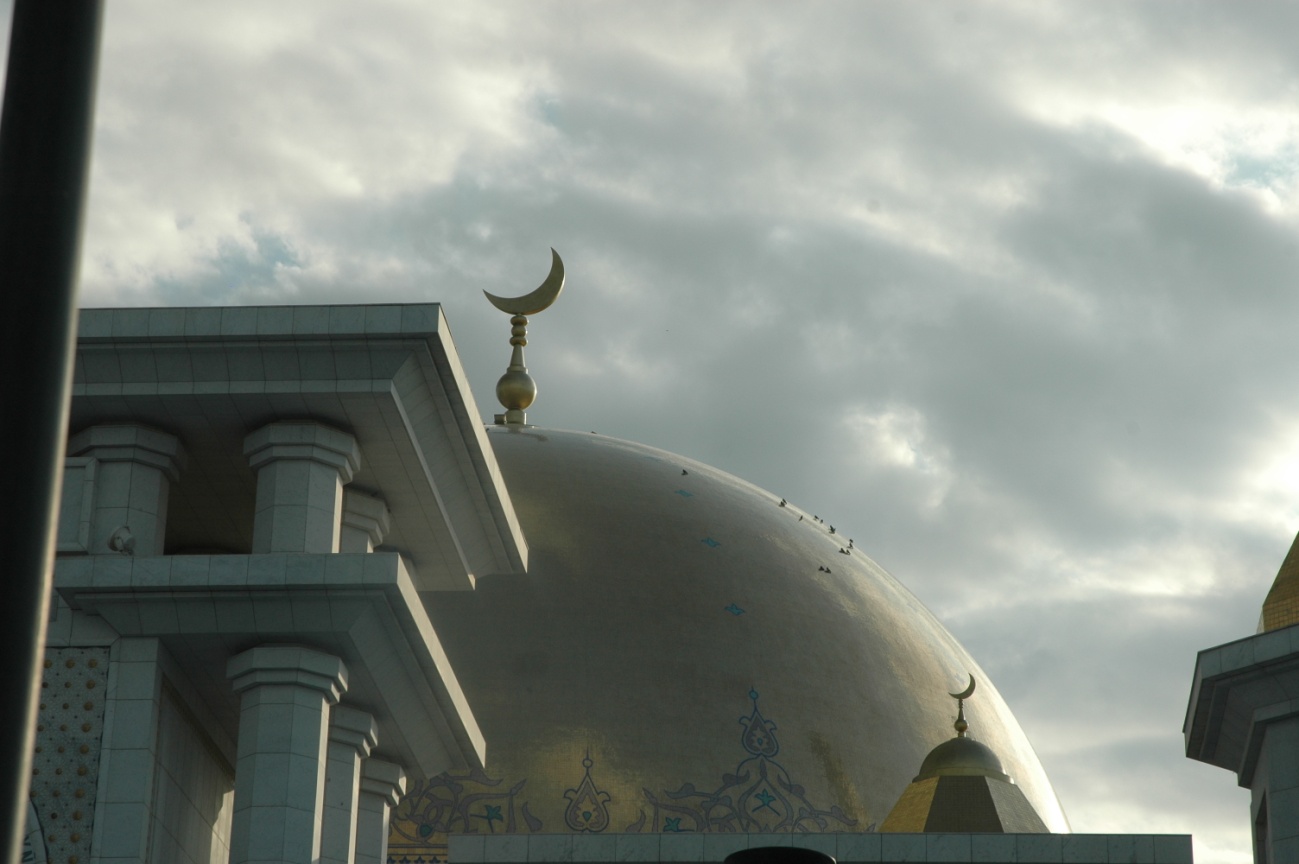
Unfortunately I took this time to catch the flu that had been bugging Ruth, however we still managed to get out to sample some excellent food as well as spend a morning at the bazaar. Other than the oceans of carpets our favourite sight was the farmers market and the loading of camels bought and sold here for 700 – 1000USD. Camels are a contrary beast and will not be persuaded to climb the ramps onto the soviet trucks that are taking them to their new home. The only option then is to tie the legs and hoist the poor animals with a crane, which is an incredible sight and sound as the camels roar their frustration.
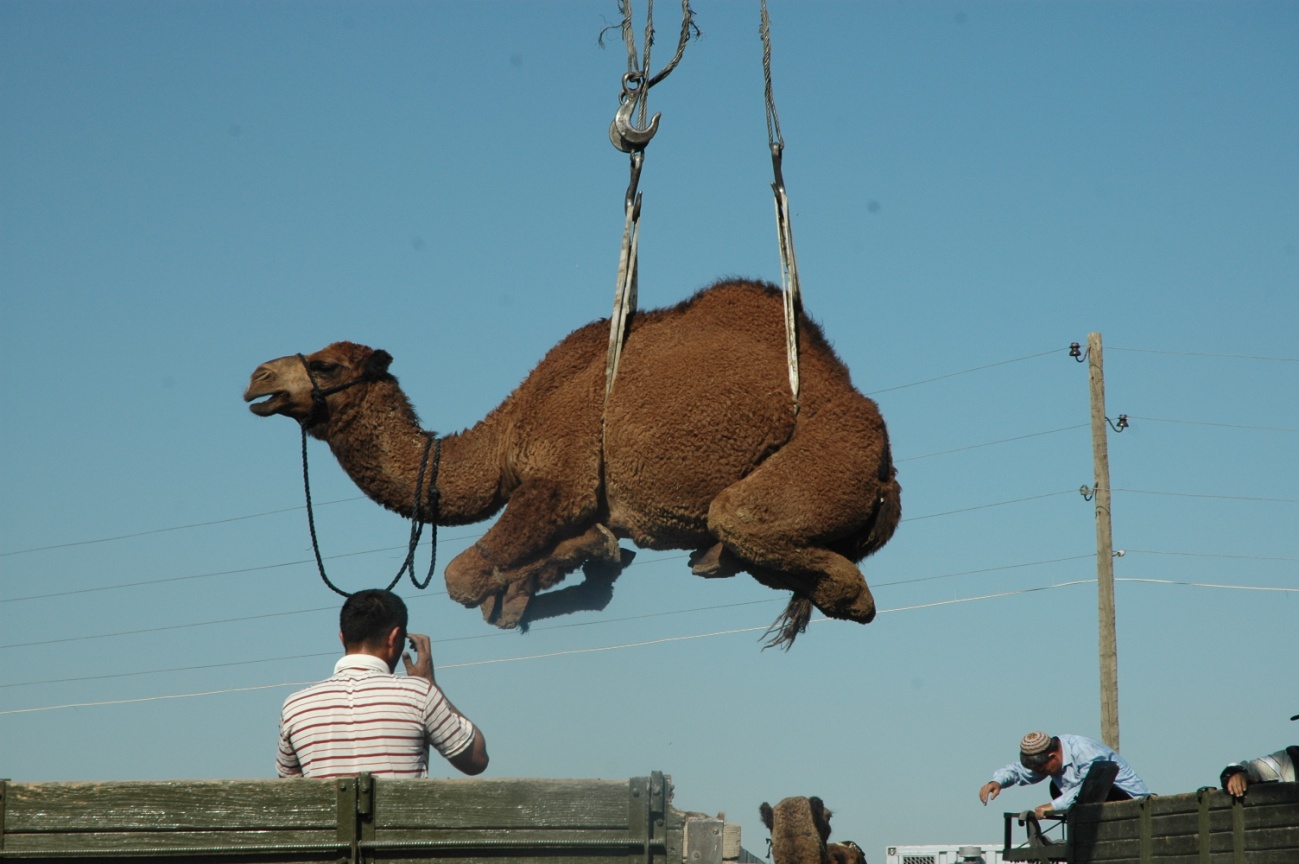
We headed North into the Karakum desert, Central Asia’s hottest, on our fourth day. This was my first taste of “proper desert”: although there is still a wide mix of vegetation the sand dunes are for real. We also had our first taste of desert driving in the Landy as we headed off road for the Devaza gas craters: a series of impressive artificial craters around 50-60m in diameter and 30m deep that were formed when the soviets started digging around for gas. The most astonishing is the fire crater – an enormous furnace of flames that were possibly lit by a shepherd who was fed up with his flock falling into this inconvenient hole in the ground. We camped by the crater and gawped at the fire after eating our home-cooked Shashlyk – a magical and surreal night in the desert with the added entertainment of our guide, Maksat, who was forced to drink his entire bottle of vodka after we wimped out in favour of Georgian white wine.
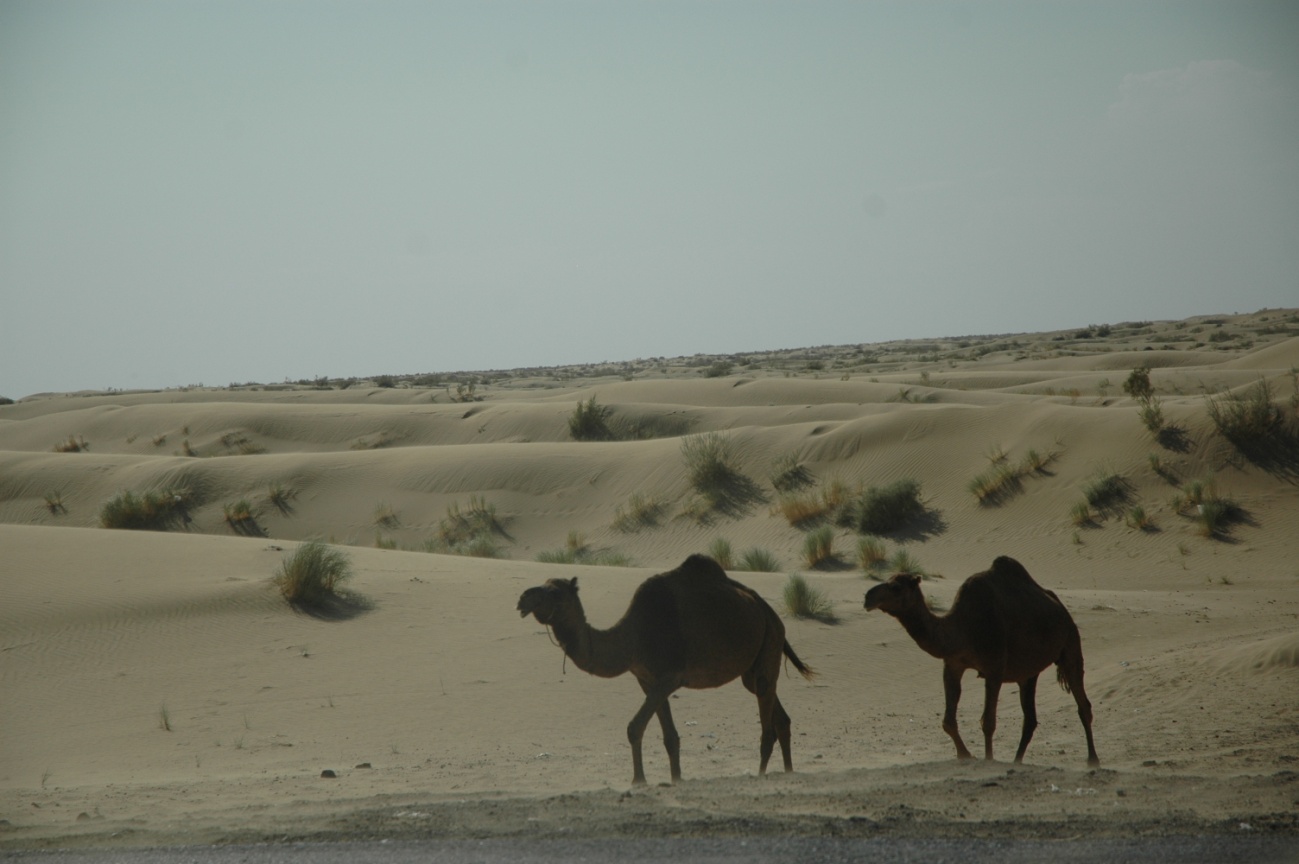
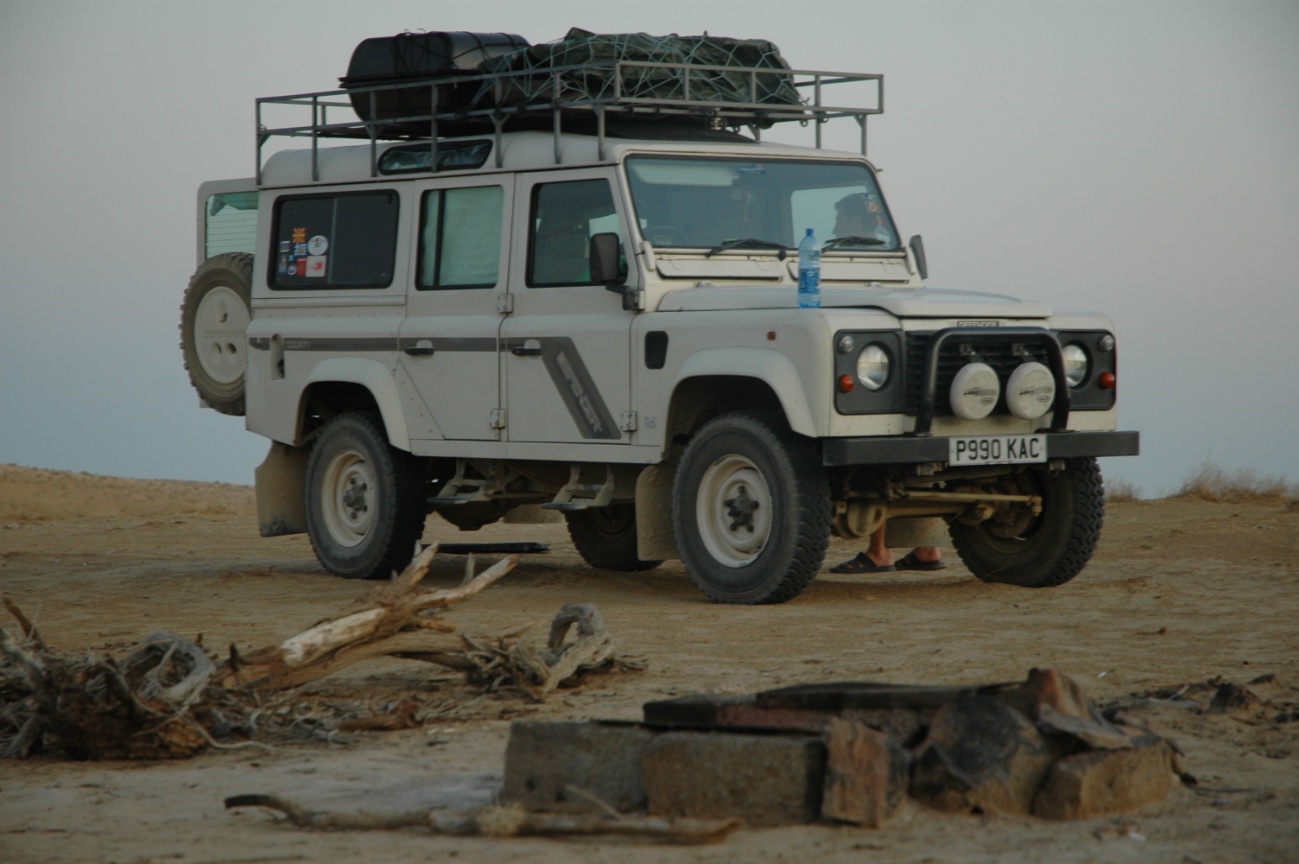
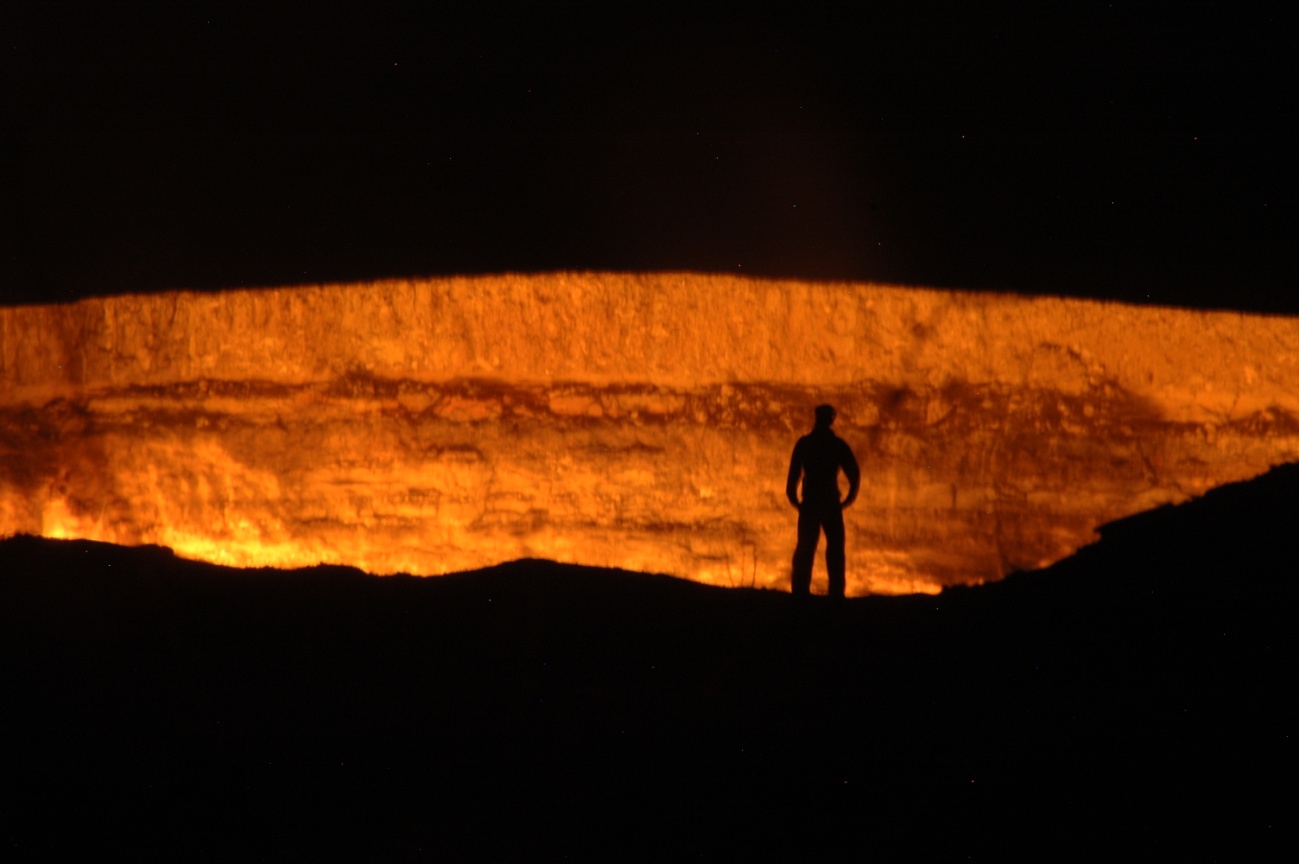
Heading further North on the following day we made our dash for the border with Uzbekistan, giving scant attention to Konye Urgench on the way. Konye Urgench is one of the most important ancient Islamic cities having risen and fallen with successive leaders over the millennia. Now there are the remains of an impressive collection of Mosques, palaces, forts and mausoleums above ground level. However, Ruth was most intrigued by yet another fertility rite, this time involving rolling down a hill meant to be the location of the last stand against the Mongols.
We made it across the border into Uzbekistan late in the day and made a night time dash across the desert to modern day Urgench, a city, now on the Uzbek side, where the inhabitants of old Urgench were relocated following the natural diversion of the river. This time our navigation luck broke down and we spent much of the final 20km or so asking for directions and then disbelieving them as the roads got smaller and smaller as we headed towards the area’s capital. This culminated in the late night crossing of an immense pontoon bridge – another surreal arrival into a new country.
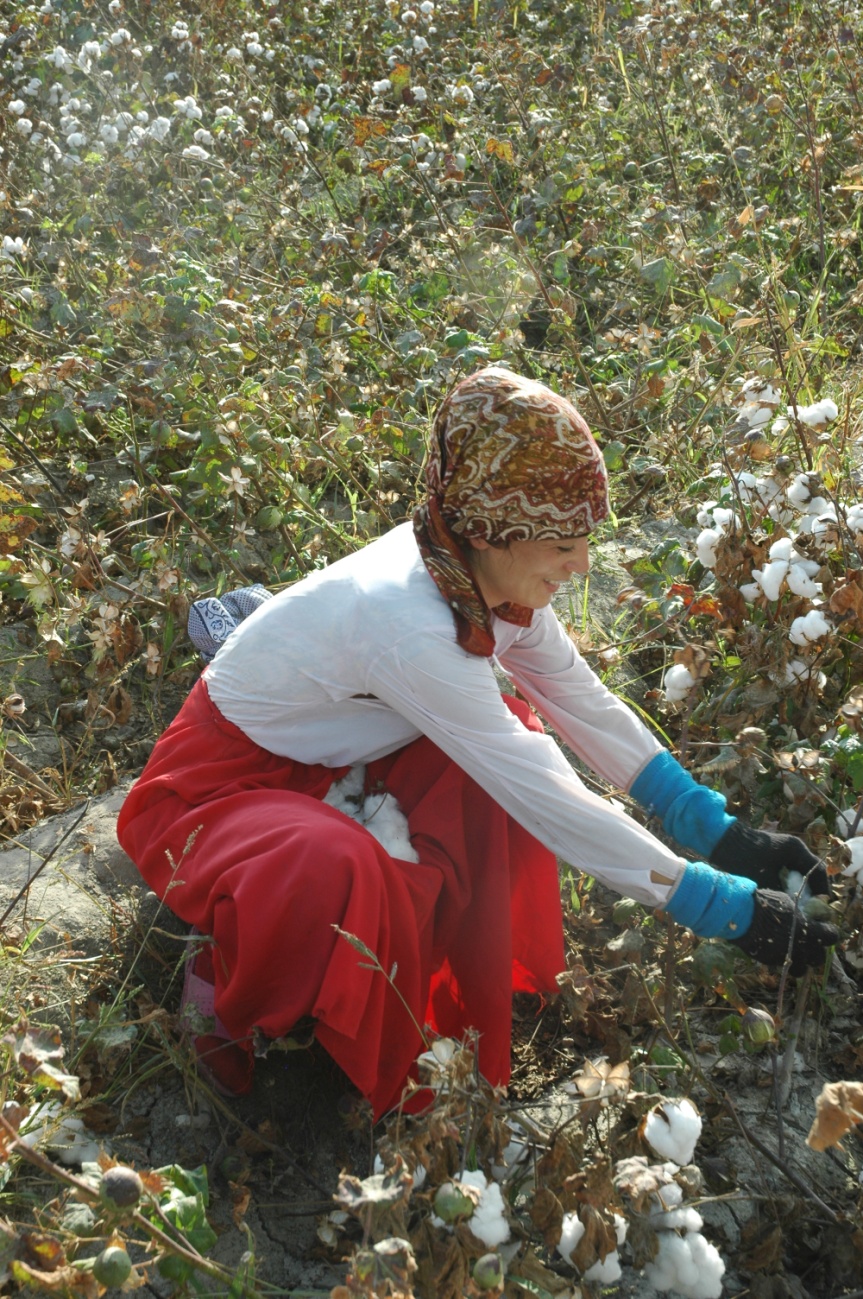
Our time in Uzbekistan has been cut shorter than we would like by more Visa deadlines and our dash across Central Asia before the snows start on the border with China. This has been an exhausting section of the trip, however we have managed to spend some hours touring the monuments of Bukhara and Samarkand. By the looks of our fellow tourists, this is an excursion that we will be able to make again later in our lives so we are not too upset to be skipping through so many millennia of history and culture. Suffice to say that the Mosques, medressas and mausoleums are truly awe inspiring in their scale and complexity. At the same time we were burning witches and relying on leeches for our medicine the Islamic world was building these most incredible centres of learning and culture. Ruth also bought a scarf, we had a few nice cups of tea and a jolly good chin-wag with the locals.
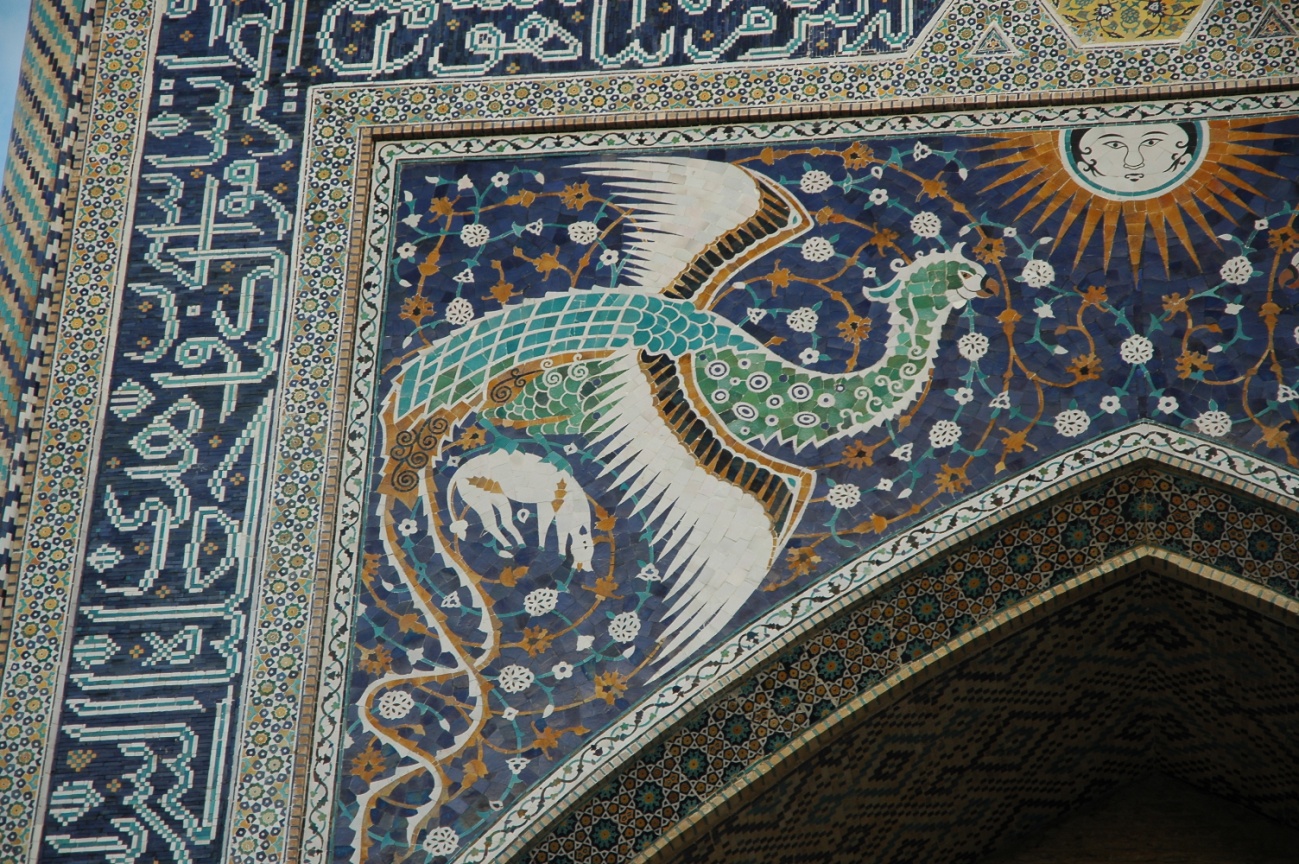
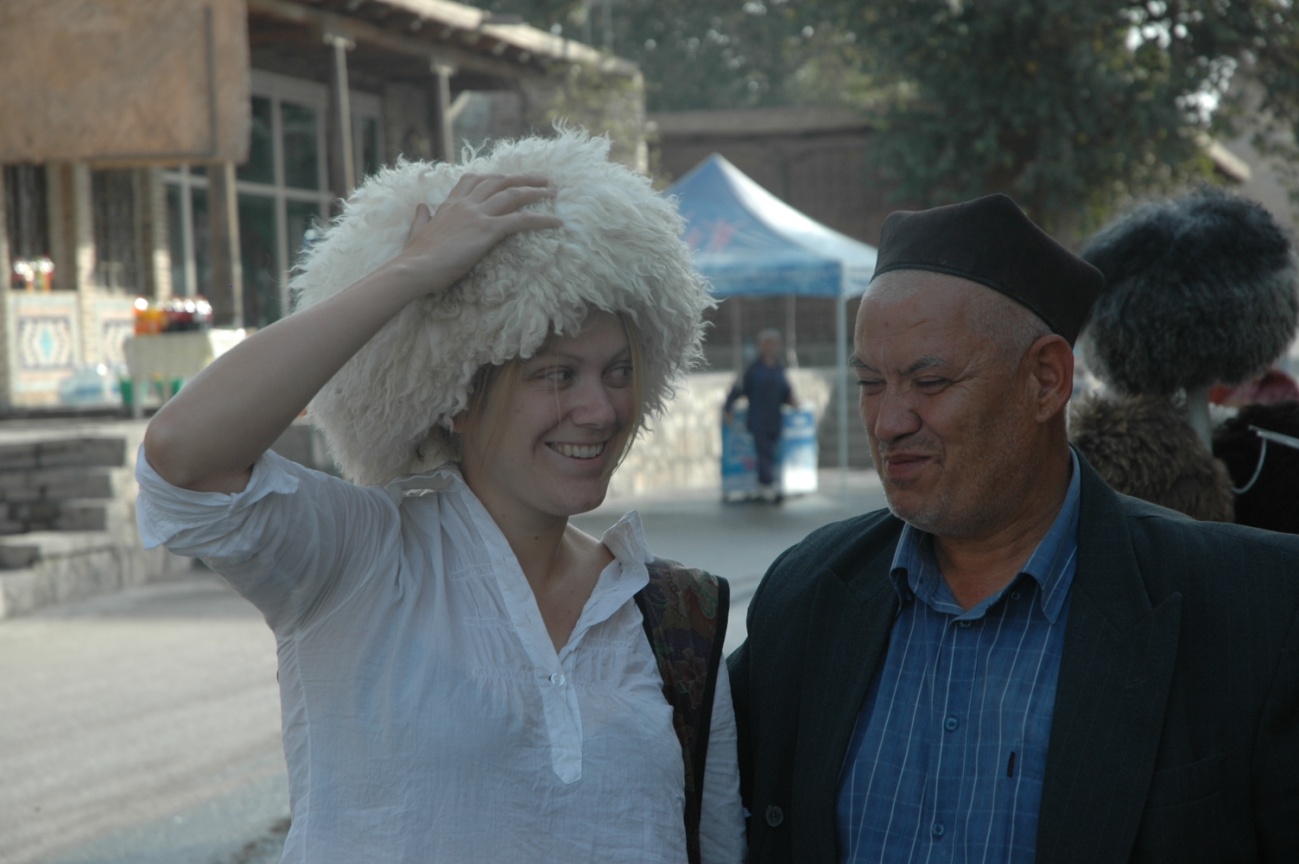
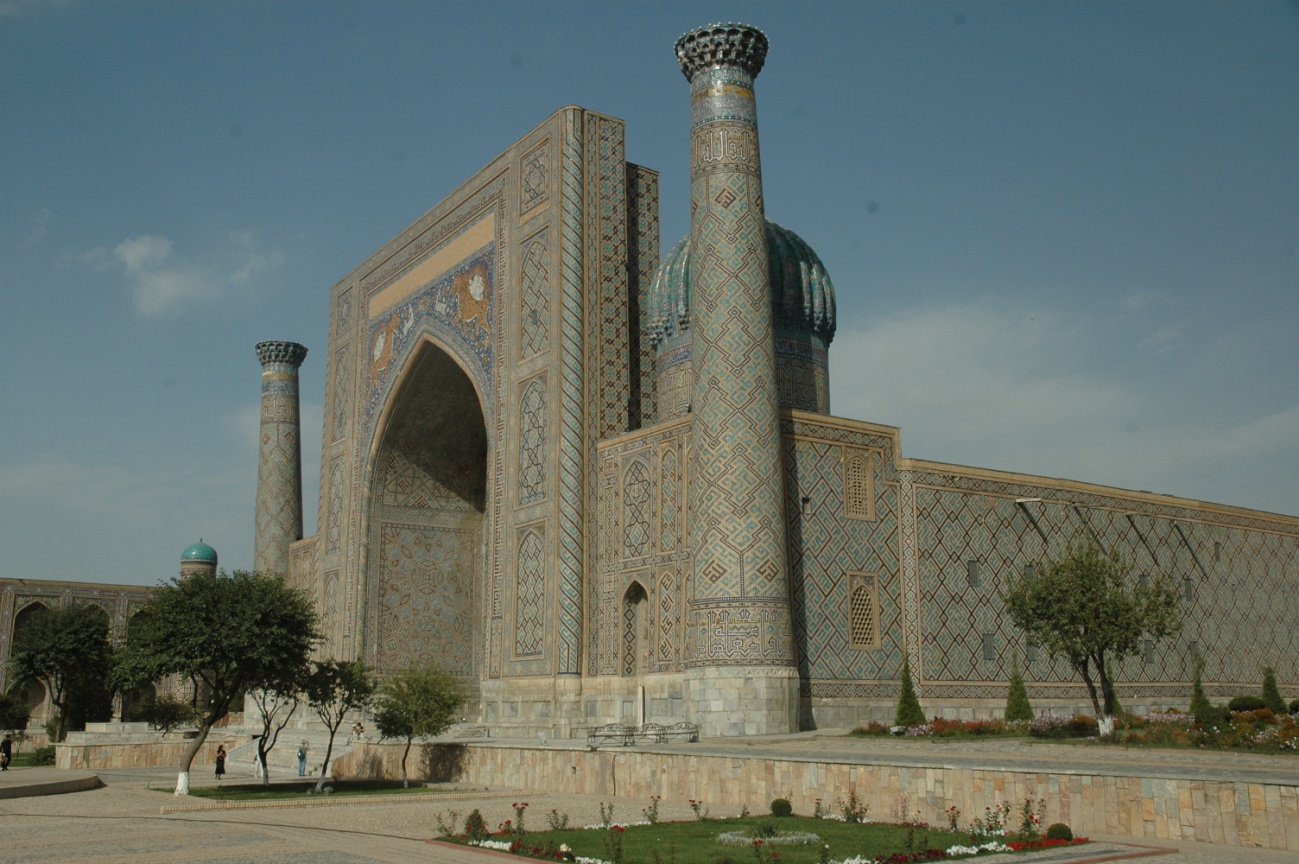
We are now in Tashkent, capital of Uzbekistan, where we are catching up on some sleep, getting our Kyrgyzstan visa and doing our admin, possibly for the last time before we enter China on the 12th. Our next stop is Kyrgyzstan, and a few days at altitude doing our best to acclimatize before we spend most of the coming month above 4000m. We are getting increasingly excited at the prospect of this incredible drive across the roof of the world as well as a little anxious that there is something we have forgotten to prepare, which is probably the best state of mind.
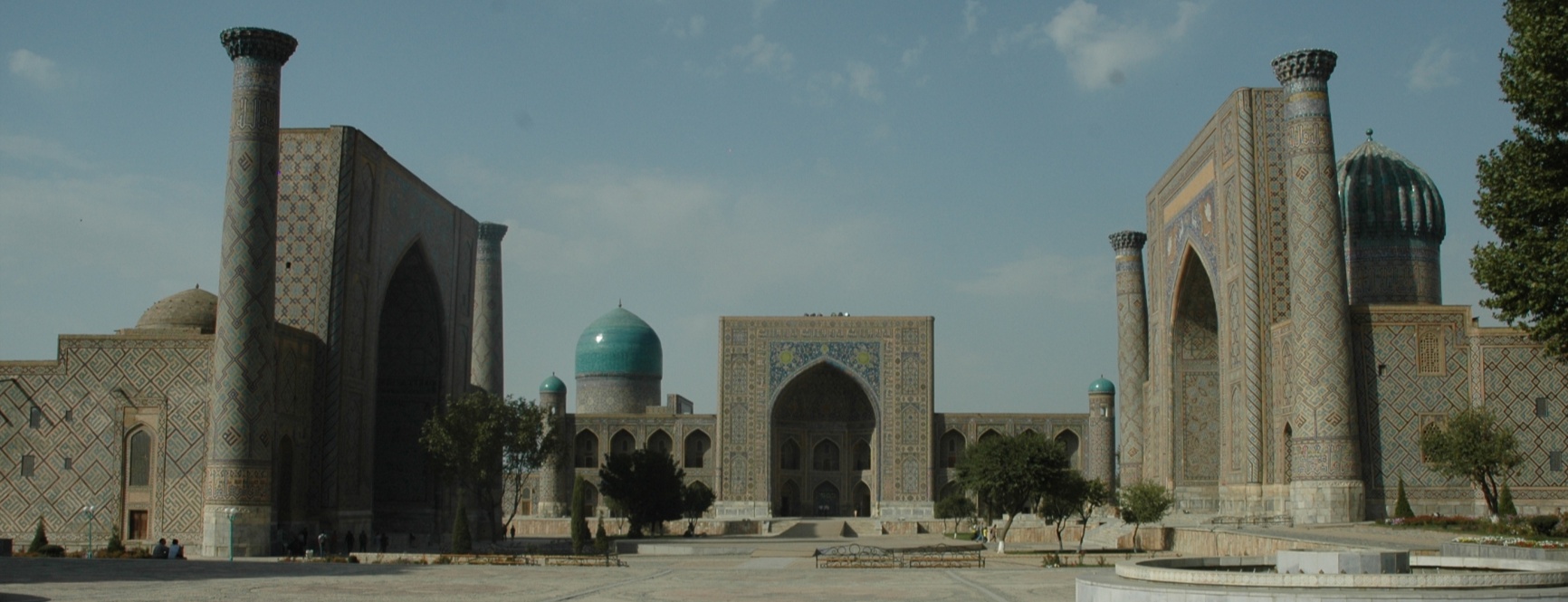

Last Updated (Saturday, 03 October 2009 14:15)



Regards
David
SKYPE number = david.shaw69
MISSING YOU!! xxxxx
I'm glad to hear you're having a great time! I hope the Torugart pass will give you no difficulties and you make it to China (and out of it) safely.
Enjoy!
Tina (we met in Tbilisi at Dodo's guest house)
Good Luck
David Shaw - previous owner of Landrover
I am a friend of Helen's. Went to hear her sing beautifully at Cadogan Hall last night and she told me about your trip. I am green with envy and hoping to organise one along similar lines. It looks simply incredible. I would love to find out more and definitely meet up with you when you get back. Logistics being first concern.
I hope you are both well!
Jamie.
After a bad week working on some the projects you left behind reading this made me feel better
Tell me again why are you doing it
Best of luck and hope you get on with the Ughars